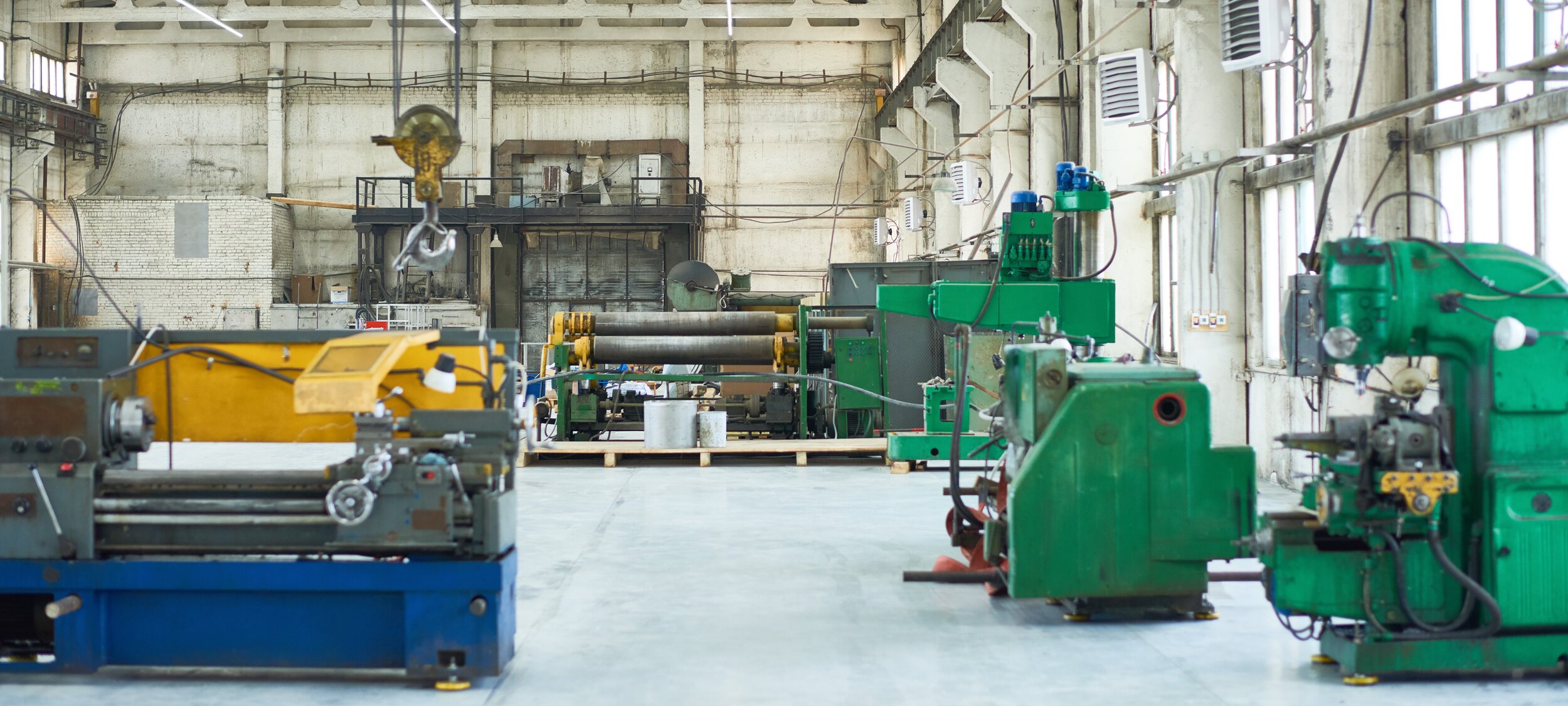Achieving accurate job costing is vital to running profitable manufacturing operations and planning for the future. In this blog we take a look at production labor and how it impacts profit, planning, and prioritizing.
What is production labor?
Production labor simply refers to the labor required to produce a product. It includes the labor costs for those employees that work on the line, run machinery, or contribute in any way to manufacturing and assembly processes.
Production labor varies from product to product and, depending on the complexity of the manufacturing process, can be very high. Highly skilled labor often comes with a larger price tag than other positions. Knowing the costs associated with job runs is a key element to determining job costing. How long is the laborer needed? How often are they working on the line? These questions and others need to be answered before you can accurately determine the cost of a job.
Why does calculating production labor matter?
Production labor costs are extremely important in the manufacturing sector as they can account for a large percentage of a job’s cost. Tracking time, labor costs, and materials used are the three components to job price estimating. Each component carries with it its own unique set of challenges to determine the cost of a manufacturing job. A lot has been made about automation and how it will streamline the process of labor costing as it’s easier to price out equipment, calculate usage costs, and estimate downtime to determine the feasibility of using a machine rather than a person to work on a manufacturing line. But replacing a person with a machine is more complicated than that.
Real time is the real challenge for reporting labor
Real-time data is perfect for planning and prioritizing, but it’s only useful if the data is accurate. The challenge with production labor is ensuring the accuracy of the data and maintaining processes that track the movement of labor from one resource to another. In the same way that barcoding and scanning improved inventory data accuracy, mobile technology solutions like scanning and signing on to floor activities are helping to ensure accurate data for production labor.
Mobile technology took scanning items one step further as it provided companies with an easy to use solution for scanning purchase order receipts and inventory counts. Because the data is scanned and isn’t entered manually, the data is more accurate. Mobile technology results in better, more accurate data.
New solutions streamline processes
Technological innovations have birthed new solutions that save time and make estimating labor production more accurate. Bluetooth Low Energy (BLE) technology pinpoints a product’s location, cutting the amount of time needed to find an item. Bezlio’s products enable faster transaction entry and simplify cycle counts. This leads to more accurate forecasting, better inventory planning, and cost containment.
contact us!
Interested in implementing a mobile development platform like Bezlio to help better manage your inventory and transactions? Contact us today and we can begin customizing a mobile ERP solution to address your business challenges or see our website’s Resources tab for case studies and blogs about our products and services.


